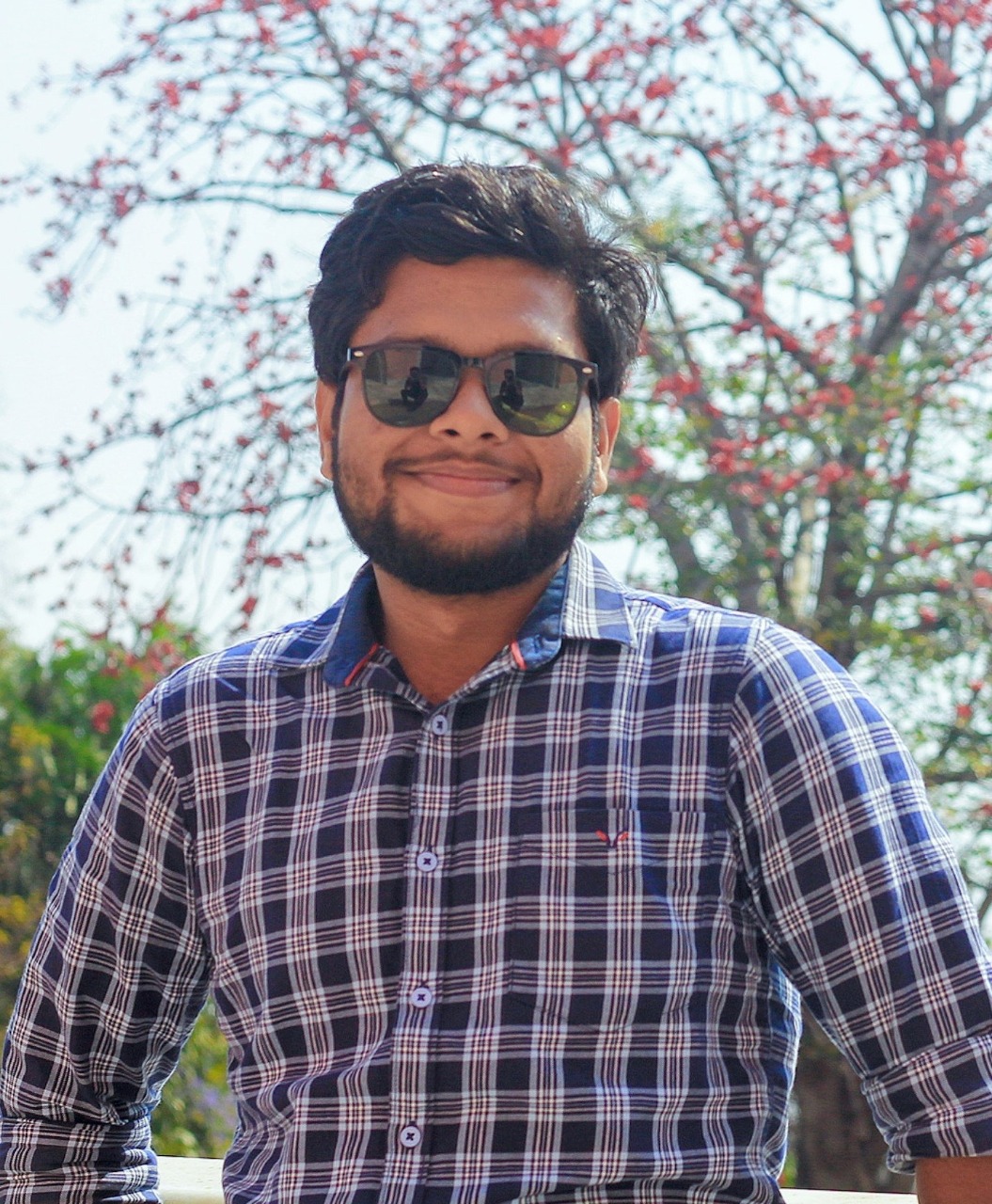Social engineering attacks are a type of cyber attack that relies on human interaction to trick individuals into divulging sensitive information or performing an action that can compromise their security. Hackers use various tactics to manipulate people into giving up personal or sensitive information, such as login credentials or credit card numbers.
Table of Contents
ToggleKhaleej Times reported that UAE suffered 3.4 million phishing attacks in Q2 of 2022. This number was cited as an increase by 230% from the previous year.
Social engineering attacks can be carried in different forms such as phishing, smishing, WhatsApp phishing and pretexting. These attacks are becoming common and sophisticated, and it’s important for individuals and organizations to be aware of the risks and take appropriate measures to protect themselves.
Subscribe to Our Newsletter On Linkedin
Sign up to Stay Tuned with the Latest Cyber Security News and Updates
Increasing Threat of Social Engineering Attacks In the Middle East
The Middle East is increasingly becoming a target for social engineering attacks. With the region’s growing digital infrastructure and reliance on technology, cyber attacks are becoming more frequent and sophisticated. Moreover, social engineering attacks have become more common in the Middle East due to the region’s political and economic importance, making it a prime target for cyber criminals.

Consequence of Social Engineering Attacks in the MIddle East
Social engineering attacks can have serious consequences, such as financial loss, identity theft, data loss, and reputational damage. In the Middle East, where a large number of businesses and individuals conduct their affairs online, the risk of social engineering attacks is especially high.
Book a Free Demo Call with Our People Security Expert
Enter your details
How is Social Engineering Attack Becoming More Sophisticated?
Social engineering attacks rely on the human element to trick individuals into divulging sensitive information or performing an action that can compromise their security. The attacker may use various tactics to gain the victim’s trust, such as impersonating a trusted source or creating a sense of urgency or fear. Once the victim falls for the deception, the attacker can steal their personal information or gain access to their computer system.
Also Read: Impersonation Attacks Led By Email Phishing and Spoofing
For example, in a phishing attack, the attacker may send an email that appears to be from a bank, asking the user to click on a link and enter their login credentials. The link leads to a fake website that looks like the real thing, but is designed to steal the user’s login credentials. The attacker can then use these credentials to access the victim’s bank account and steal their money.
Also Read: Phishing Attacks: A Hurdle For Middle East’s Organizations
In a smishing attack, the attacker may send a text message that appears to be from a delivery service, asking the user to click on a link to track their package. The link leads to a fake website that asks the user to enter their credit card information. The attacker can then use this information to make fraudulent purchases.
Also Read: What is the Difference Between Spear Phishing and Phishing?
In a ransomware attack, the attacker may send an email with a malicious attachment that, when opened, infects the victim’s computer with malware that encrypts their files. The attacker then demands a ransom in exchange for the decryption key, threatening to delete the victim’s files if they don’t pay.
Also Read: An Evolving Threat: Ransomware as a Service (RaaS)

Some Recent Examples of Cyber Attacks in the Middle East
The Middle East has experienced an increase in social engineering attacks in recent years. Some notable examples include:
- The UAE’s National Electronic Security Authority (NESA) reported a surge in phishing attacks in 2021, with attackers using COVID-19 related themes to lure victims.
- In 2020, a group of hackers targeted several high-profile accounts on Twitter, including those of Bill Gates, Elon Musk, and Barack Obama, in a Bitcoin scam.
- The Saudi government’s National Cybersecurity Authority (NCA) warned of a rise in phishing attacks in 2019, targeting government and private sector organizations in the country.
Who Are the Prime Targets of Social Engineering Attacks in the Middle East?
The Middle East is a region of strategic importance and has a growing digital economy. This makes it an attractive target for cyber criminals who are looking to steal sensitive information or disrupt operations. Common targets of social engineering attacks in the Middle East include:
Government Agencies And Critical Infrastructure
Attackers may target government agencies and critical infrastructure, such as energy, transportation, and telecommunications, to disrupt operations or steal sensitive information.
Also Read: Phishing Attacks: A Hurdle For Middle East’s Organizations
Financial Institutions
Financial institutions, including banks and payment processors, are common targets of social engineering attacks. Attackers may use phishing emails or smishing messages to steal login credentials or credit card information.
Also Read: Cyber Attacks in Saudi Arabia: Major Concern for Middle-East
Healthcare Organizations
Healthcare organizations have become a popular target for social engineering attacks during the COVID-19 pandemic. Attackers may send phishing emails or smishing messages with COVID-19 related themes to steal sensitive information or distribute malware.

Why Is The Middle East Particularly Vulnerable To Social Engineering Attacks?
The Middle East is a region with a diverse range of cultures and languages. This can make it difficult for organizations to establish effective security awareness programs that are tailored to their specific needs. Additionally, there is a lack of security awareness in the general population, which can make individuals more susceptible to social engineering attacks.
Also Read: How is Information Security Shaping the Cyber World in the Middle East?
Another factor that makes the Middle East vulnerable to social engineering attacks is the rapid pace of digital transformation in the region. Many organizations are adopting new technologies and digital platforms without considering the associated security risks. This can make it easier for attackers to exploit vulnerabilities and carry out social engineering attacks.
Also Read: How is the Need for Cybersecurity in the Middle East Rising?
Social engineering attacks are a significant threat to the Middle East, with attackers targeting government agencies, critical infrastructure, financial institutions, and healthcare organizations. The region’s diverse cultures and languages, combined with a lack of security awareness and the rapid pace of digital transformation, make it particularly vulnerable to these types of cyber attacks. It’s important for individuals and organizations in the Middle East to be aware of the risks and take steps to protect themselves against social engineering attacks.
How To Defend Against Social Engineering Attacks?
There are several technical measures that individuals and organizations can implement to defend against social engineering attacks. These measures can help to prevent attackers from accessing sensitive data and systems, even if they are able to successfully trick an individual into divulging their login credentials or installing malware.
Two-Factor Authentication
Two-factor authentication (2FA) is a security measure that requires users to provide two forms of identification before accessing a system or account. The first factor is typically a password, while the second factor may be a physical token, a fingerprint, or a code sent to a mobile device. By requiring both factors, two-factor authentication makes it more difficult for attackers to gain access to sensitive information or systems, even if they are able to obtain the user’s password.
Encryption
Encryption is the process of converting data into a code or cipher, so that it can only be read by someone who has the key to decrypt it. By encrypting sensitive data and communications, individuals and organizations can prevent attackers from intercepting and reading them. This can be particularly important for protecting financial information, medical records, and other types of sensitive data.
Also Read: The Current Landscape of Email Security in the Middle East
Regular Software Updates
Regular software updates are important for defending against social engineering attacks, as they often include security patches that address known vulnerabilities. Attackers may attempt to exploit these vulnerabilities to gain access to systems or data, so it is important to install updates as soon as they become available. This includes updates to operating systems, web browsers, and other software that is used regularly.

Technical measures such as two-factor authentication, encryption, and regular software updates can help to defend against social engineering attacks. These measures can make it more difficult for attackers to access sensitive information and systems, even if they are able to trick individuals into divulging their login credentials or installing malware. By combining technical measures with security awareness training, individuals and organizations can create a strong defense against social engineering attacks and other types of cyber threats.
Also Read: Perfect Phishing Attack: A Penetration Tester’s Perspective
Security Awareness Training for Employees in Organizations
In the context of social engineering attacks, security awareness training can help individuals and organizations to identify potential threats and take appropriate measures to protect themselves. Security awareness training is an essential component of any effective security strategy. It helps to create a culture of security within an organization, where employees are aware of the risks and take proactive steps to mitigate them. Security awareness training can also help to reduce the likelihood of successful social engineering attacks by making it more difficult for attackers to exploit vulnerabilities.
Also Read: How is Information Security Shaping the Cyber World in the Middle East?
Most Crucial Types of Security Awareness Training
Security awareness training is a key component of defending against social engineering attacks. It helps to create a culture of security within an organization and can reduce the likelihood of successful attacks. There are several different types of security awareness training based on the specific attack vectors:
Phishing Simulation and Awareness Training
Phishing simulation and awareness training is a proactive approach to mitigating the risk of phishing attacks. It involves the use of simulated phishing attacks to test and train individuals on how to recognize and respond to phishing attempts. The simulation involves sending simulated phishing emails to employees, testing their responses and providing immediate feedback.
Check Out: Phishing Awareness and Simulation – Threatcop
The awareness training component of phishing simulation and awareness training is aimed at educating employees on the risks and warning signs of phishing attacks. This training typically covers topics such as identifying suspicious emails, verifying the authenticity of emails, and how to report suspected phishing attempts. By conducting regular phishing simulation and awareness training, organizations can significantly reduce the risk of successful phishing attacks.
Read More: Prevent Phishing Attacks to Secure Your Organization
Smishing Simulation and Awareness Training
Smishing simulation and awareness training involves the use of simulated smishing attacks to test and train individuals on how to recognize and respond to smishing attempts. The simulation involves sending simulated smishing messages to employees, testing their responses and providing immediate feedback.
Check Out: Smishing Awareness and Simulation – Threatcop
The awareness training component of smishing simulation and awareness training is aimed at educating employees on the risks and warning signs of smishing attacks. This training typically covers topics such as identifying suspicious text messages, verifying the authenticity of messages, and how to report suspected smishing attempts. By conducting regular smishing simulation and awareness training, organizations can significantly reduce the risk of successful smishing attacks and protect their mobile devices from malware infections.
Ransomware Simulation and Awareness Training
Ransomware simulation and awareness training involves the use of simulated ransomware attacks to test and train individuals on how to recognize and respond to ransomware attacks. The simulation involves simulating a ransomware infection on a test system, testing employees’ responses and providing immediate feedback.
Check Out: Ransomware Awareness and Simulation – Threatcop
The awareness training component of ransomware simulation and awareness training is aimed at educating employees on the risks and warning signs of ransomware attacks. This training typically covers topics such as how ransomware infects systems, how to avoid ransomware infections, and how to report suspected ransomware attacks.
WhatsApp Phishing Simulation and Awareness Training
WhatsApp phishing simulation and awareness training involves the use of simulated WhatsApp phishing attacks to test and train individuals on how to recognize and respond to WhatsApp phishing attempts. The simulation involves sending simulated WhatsApp phishing messages to employees, testing their responses and providing immediate feedback.
The awareness training component of WhatsApp phishing simulation and awareness training is aimed at educating employees on the risks and warning signs of WhatsApp phishing attacks. This training typically covers topics such as identifying suspicious WhatsApp messages, verifying the authenticity of messages, and how to report suspected WhatsApp phishing attempts.
It is important to note that phishing, smishing, and ransomware attacks can occur via various communication channels, including email, text messages, social media, and instant messaging apps like WhatsApp. Therefore, organizations should consider implementing a comprehensive security awareness training program that covers various communication channels and includes regular simulation exercises to test and reinforce employees’ knowledge and response to these threats.
Also Read: How Effective Security Awareness Training Really Is?
Best Practices and Security Measures to Defend Against Cyber Attacks
In addition to security awareness training and technical measures, there are several best practices that individuals and organizations can follow to defend against social engineering attacks. By adopting these practices, individuals and organizations can reduce their risk of falling victim to these types of attacks.
Password Management
Effective password management is a critical component of defending against social engineering attacks. Individuals and organizations should follow best practices for creating strong passwords, such as using a combination of upper and lowercase letters, numbers, and special characters. They should also avoid using the same password for multiple accounts, as this can make it easier for attackers to gain access to multiple systems if they are able to obtain one password. Additionally, individuals and organizations should consider using password management tools, which can generate and store strong passwords securely.
Suspicious Email And Message Handling
Social engineering attacks often involve the use of phishing emails or smishing (SMS phishing) messages. To defend against these attacks, individuals and organizations should be cautious when receiving messages from unknown or unexpected sources. They should avoid clicking on links or downloading attachments from these messages, and they should not provide any sensitive information in response to them. Additionally, individuals and organizations should be aware of common signs of phishing and smishing, such as messages that appear to be urgent, contain grammatical errors, or request sensitive information.
Employ Best Practices and Security Solutions to Defend Cyber Attacks
Social engineering attacks are a serious and growing threat in the Middle East and around the world. These attacks can be used to steal sensitive information, install malware, and compromise entire networks. It is essential that individuals and organizations take steps to protect against these types of attacks, in order to safeguard their data and maintain their security and privacy.
Also Read: Benefits and Purpose of Security Awareness Training
To defend against social engineering attacks, individuals and organizations should prioritize security awareness training, technical measures, and best practices. They should ensure that employees receive regular security awareness training, implement technical measures such as two-factor authentication and encryption, and follow best practices such as effective password management, suspicious email and message handling, and safe browsing habits. In addition, individuals and organizations should stay up-to-date on the latest threats and attack techniques, and be prepared to adapt their defenses as needed.
Check Out: Threatcop Security Awareness Training
Ultimately, the key to defending against social engineering attacks is to be vigilant, informed, and proactive. By adopting a multi-faceted approach to security, and by remaining aware of the risks and threats that exist, individuals and organizations can protect themselves against social engineering attacks and other types of cyber threats, and maintain the security and privacy of their data.

Senior Writer
Shantanu is an accomplished content strategist and technology enthusiast at Threatcop Inc. With a knack for translating technical intricacies into reader-friendly narratives, Shantanu contributes to making cybersecurity insights both informative and enjoyable for tech enthusiasts and general audiences alike.
Senior Writer Shantanu is an accomplished content strategist and technology enthusiast at Threatcop Inc. With a knack for translating technical intricacies into reader-friendly narratives, Shantanu contributes to making cybersecurity insights both informative and enjoyable for tech enthusiasts and general audiences alike.

